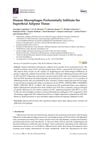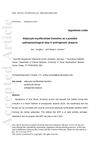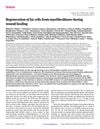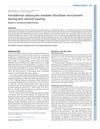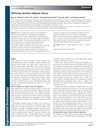Dermal White Adipose Tissue: A Newly Recognized Layer of Skin Innate Defense
March 2019
in “
Journal of Investigative Dermatology
”
dermal white adipose tissue dWAT hair cycling wound healing adipocytes adipokines antimicrobial peptides cytokines chemokines reactive adipogenesis myofibroblasts skin aging androgenic alopecia skin fat hair growth cycle healing fat cells immune proteins immune signaling proteins inflammation proteins fat cell growth fibroblast cells male pattern baldness
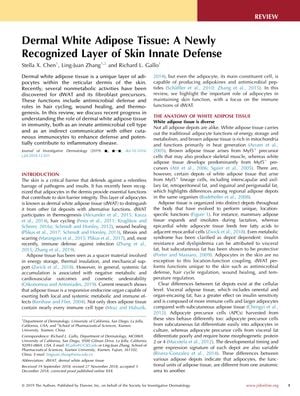
TLDR Skin fat plays a key role in immune defense and healing beyond just storing energy.
The document reviewed the multifaceted role of dermal white adipose tissue (dWAT) in skin immunity, beyond its traditional role in energy storage. It was found that dWAT, located in the reticular dermis, is involved in antimicrobial defense, hair cycling, wound healing, and thermogenesis. Adipocytes in dWAT produce adipokines and antimicrobial peptides, contributing to the skin's immune response, and have the capacity to respond to bacterial antigens by producing cytokines and chemokines. The review also discussed the concept of "reactive adipogenesis," where dWAT expands in response to injury or infection, such as tripling in size within 72 hours after an S. aureus infection in mice. Additionally, the paper suggested that dermal adipocytes might transition into myofibroblasts, potentially playing a role in skin aging and androgenic alopecia. The authors emphasized the importance of dWAT in immune defense and metabolic regulation, and called for more research into this area, while also disclosing potential conflicts of interest and acknowledging NIH grant support.
